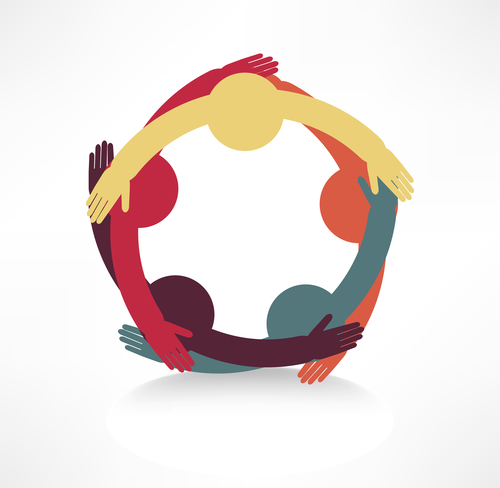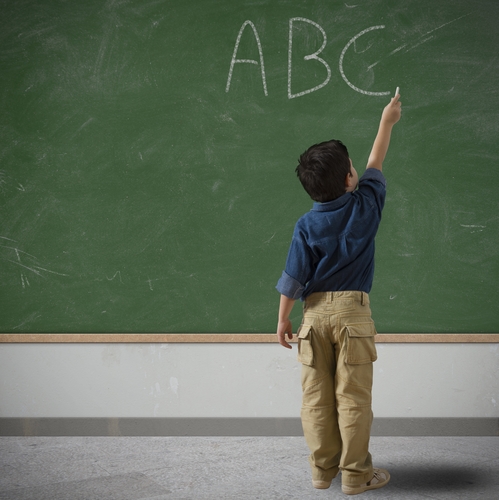How to Cope with Anxiety and Fear
Anxiety symptoms and reactions are very common in individuals with autism spectrum disorder (ASD). They can interfere with functioning across home, community and school settings. Scientific studies have found that from 11 to 84 percent of youth with autism suffer from anxiety symptoms – intense fear, trouble concentrating, rapid heartbeat, tension, restlessness or sleeplessness.
Lisa Rogers with Educating Diverse Learners answers a reader’s question about helping her son overcome his daily stressor.
Q: Dear Lisa,
My son has fears. One thought gives him daily anxiety: that of his pants not staying up. We tried belts that he buckles too tightly. He still fears the pants will fall and the buckle gives extra sensory problems. We tried sweatpants that he ties tightly, still fearful. All day he hikes his pants up. I tried to show him the pants can’t fall down but this doesn’t help. He also insists on wearing underwear two sizes too big. He is 8 and diagnosed as PDD-NOS. Could you direct me to any information to help him? This fear is causing multiple meltdowns daily. I don’t know what to do. Thank you, -Anonymous
A: Dear Mom or Dad,
Multiple meltdowns each day can certainly take its toll on your son and your family. I understand how critical this issue is for you and will do my best to provide helpful information for you to consider.
In order to be most helpful, I do need to ask a few questions first.
- Is your son able to explain in any way what is causing or contributing to this fear? You mention that this is a current situation and so any insight about the reason for this development will be helpful. As you know, children on the autism spectrum are often rule-driven and literal in their interpretation of language. Perhaps something an adult said with good intentions about the importance of keeping your pants up or a scene from a movie could be a root cause? On the surface this might seem silly, but this can help in better understanding your son and his very real fear.
- If your son is able to communicate through words or pictures, you might try cartooning as a way to acquire insight. When he is calm and all is well, you can sit together and draw a cartoon where you ask him to describe his thoughts while he is walking with his pants snug and tight around his waist. If not too stressful for him, you could even draw a picture with pants falling down on a stick figure and ask him to describe his ideas/feelings about this.
- Have you already tried suspenders or even overalls to provide a sense of security beyond a belt or tie? It sounds like there are compounding sensory issues and so these might not be feasible options.
For now, here are a few ideas to consider . . .
Continue ReadingThe Education (K-12) Blogs and Special Ed Q & A are written and maintained weekly by Lisa Rogers with Educating Diverse Learners. Lisa received her M.A. in Special Education with an endorsement in the area of individuals with severe disabilities. Mrs. Rogers has also created products that have been used throughout the state of Texas for training purposes. Through the Association for Texas Professional Educators [ATPE], Ms. Rogers has produced an online course that targets the importance of visual strategies for student with autism spectrum disorders and just released her highly anticipated book titled: Visual Supports for Visual Thinkers.




















